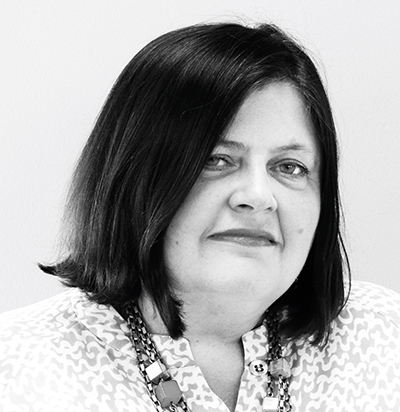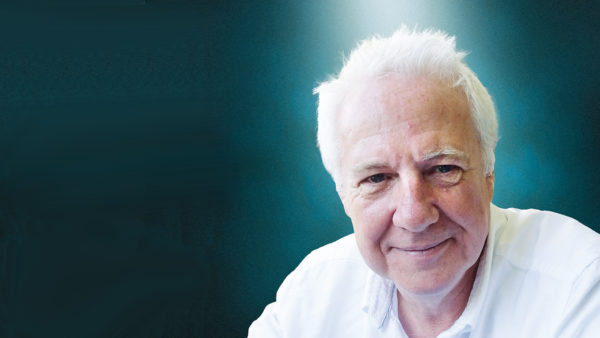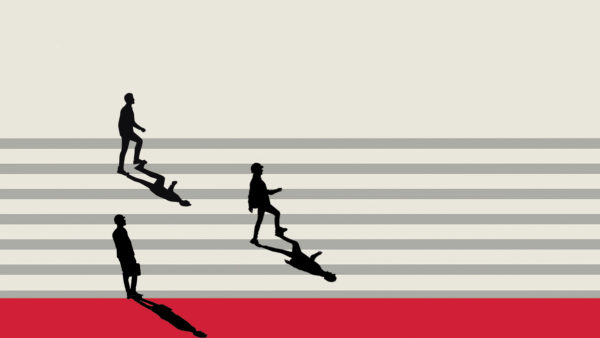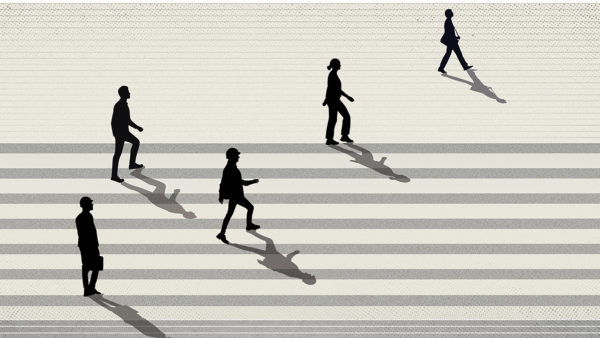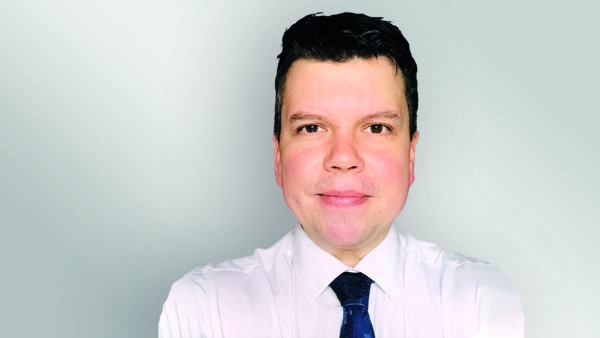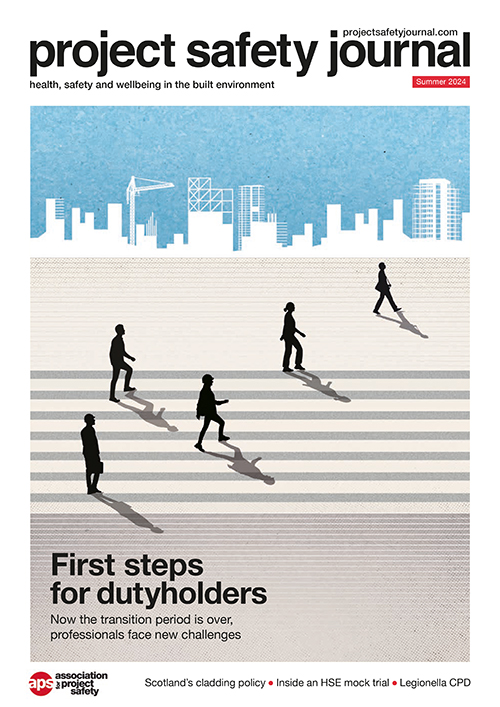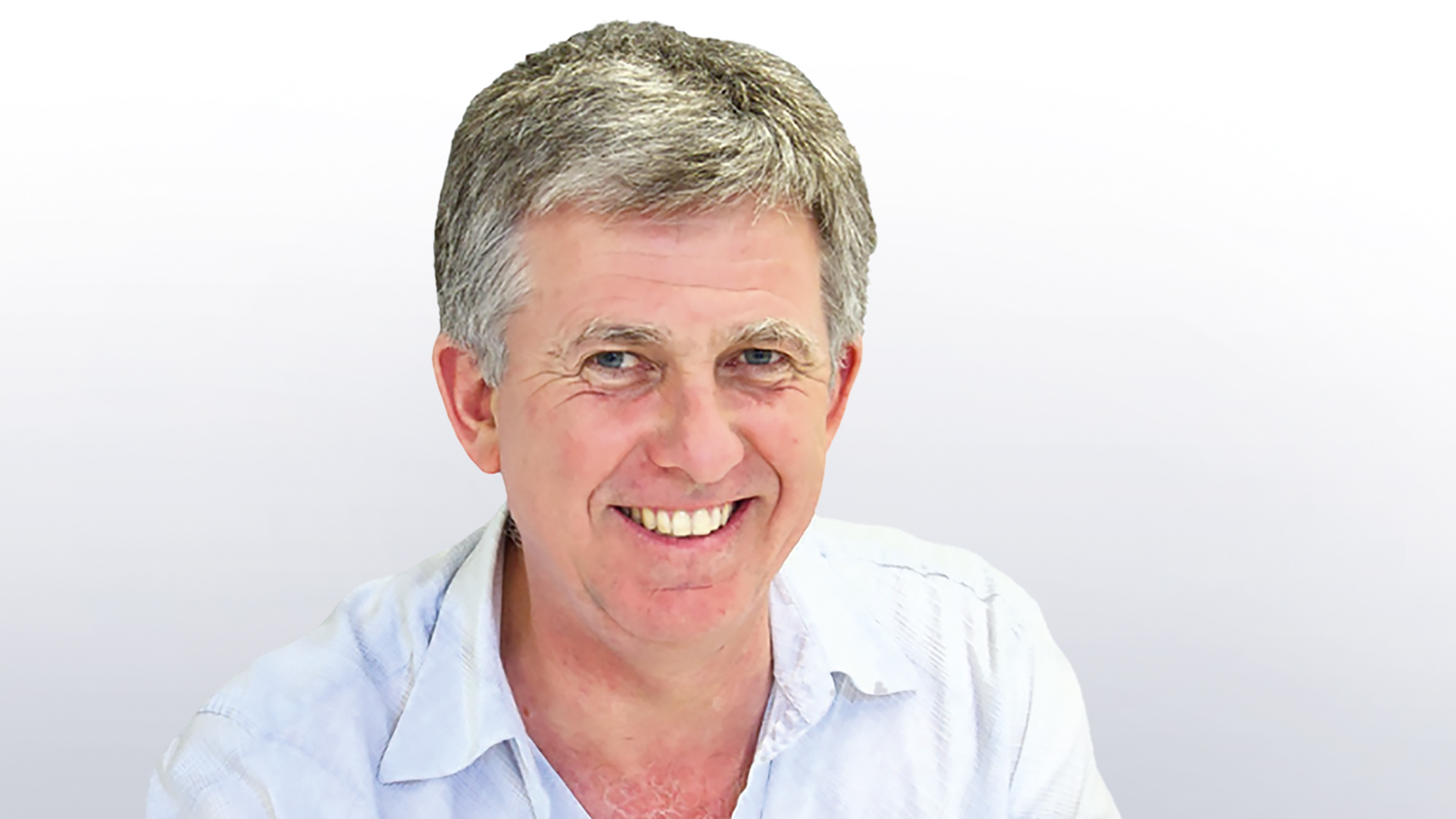
APS member Paul Bussey, senior technical consultant at architect Allford Hall Monaghan Morris, has been at the forefront of designing for safety for many years. He talks to Denise Chevin about his career.
Paul Bussey is a practising architect with 40 years’ major project experience at RHWL, Scott Brownrigg and AHMM architects, with a specialisation in fire safety and CDM procedures.
Bussey is one of the RIBA’s senior technical experts on fire safety and has provided invaluable insight to the RIBA as it has worked with government and the rest of the construction industry to reform fire safety regulation and industry practice while raising levels of professional competence. He regularly speaks on industry webinars, including those of APS.
Since July 2017, Bussey has been a member of the RIBA Expert Advisory Group on Fire Safety, formed immediately after the Grenfell Tower fire.
He regularly produces vital guidance and learning materials, giving talks and working with government on behalf of the RIBA on several government-commissioned research programmes that have helped determine reforms to building regulations, new legislation in the Building Safety Act and associated guidance in relation to fire safety.
He also chairs the Health and Safety Committee of the Construction Industry Council and the Keeping Pace with Change group, a sub-group of CONIAC (the Construction Industry Advisory Committee) – the pan-industry safety group led by the HSE’s chief inspector for construction.
Bussey combines his now part-time technical consultant role at AHMM with teaching architects at universities across the UK. These include Cambridge, UCL Bartlett, Edinburgh, Cardiff, Manchester and Sheffield.
What drew you to a more technical role?
Before studying architecture at Liverpool I took a year out working for an architectural practice and got an A-level in construction – the only person I have ever known who knew there was such a thing. In a way that has led me to where I currently am, because there was quite a lot about building regulations in my studies.
By the time the CDM regulations came into force in 1994, I decided that I wasn’t very good at computer-aided design, but I did love drawing – hand drawing and painting. And that was what really brought me to architecture. However, sitting around with a mouse all day drawing on a computer screen didn’t appeal much. So I moved into a more technical role with a major influence on design.
I’ve now been ploughing this technical furrow for some 25 years as an architect. In a way that has led me to dealing with the CDM and joining APS and realising that was a good source of shared knowledge and shared professionalism. I am currently involved in the newly formed branch for the south and south east.
What regulation-shaping activities are you active in now?
At the RIBA we have been actively campaigning for second staircases in high-rise and we were successful in this when in July government confirmed they will adopt an 18m height threshold for second staircases in all new residential buildings, albeit with a significant transition period.
We did a lot of research into the need for this, because the fire brigade are in the main staircase fighting the fire and therefore making the one staircase unusable for occupants.
CV: Paul Bussey
2015 to present: Senior technical consultant, Allford Hall Monaghan Morris
2005-Oct 2015: Technical associate, Scott Brownrigg
1982-85: Diploma in Architecture and RIBA Part 3, London Metropolitan University
1976-79: BA in Architecture, Liverpool University School of Architecture
I am also completing a piece of work updating the RIBA Plan of Work for Fire Safety. The RIBA Plan of Work is the definitive model for the design and construction process of buildings and is used universally across construction. This overlay will ensure those following it can easily comply with the new building safety regulations and legislation.
In my work as chair of CONIAC’s Keeping Pace with Change group, one of the things I’m focusing on is how we can put an end to the misinterpretation of the implementation of CDM regulations so people use them in the correct way.
What do you see as the issue with interpretation of the CDM regulations?
The CDM principal designer (PD) role has morphed into a third-party health and safety adviser, rather than being the designer leading the design.
It is not just about planning, managing and monitoring health and safety. It’s about planning, managing, monitoring the whole design process, and then including coordinating health and safety. That is the exact wording in the CDM regs, but it has been misleadingly paraphrased in various documents, including legal documents.
It’s about design and then protecting people by design. And the design-led aspect of it is fundamental to getting that right. My concern – and this causes contention across the design profession – is that health and safety specialists do not always understand design enough to be telling us how we should be designing buildings.
To do that work takes a lot more time, energy and, consequently, fees. PDs who are just health and safety specialists can charge a lower fee, but they are not necessarily doing the whole job, even though they are perceived to be so doing by some clients. Architects did not want to take on the role either – it was perceived as having too much liability.
How might the Building Safety Act change things?
We have really got to get the PD role understood better. And I think the new Building Safety Act does that because it reinforces the idea that it has to be a designer in control of the design phase.
Architects did not take it on, because there was a perceived huge liability risk – and because it has been interpreted as a health and safety role. But that was never the intention.
The PD does not have to be an expert in health and safety. Nor is it intended to be carried out by an expert in building regs under the new regime. It is about orchestrating the team of people to build safely for the construction phase and safely for occupation. So it is about having all the rest of the attributes, knowing a bit about structural engineering, services, design, landscape design and health and safety and putting
the team together.
We need to start thinking about the fact that the CDM function and the building safety function can both be within one organisation. But to change the culture we need people to start becoming more competent.
What do you do outside work?
I love looking after my granddaughter. And I do a lot of gardening. During lockdown I built my own home office. It’s been a sanctuary because I can keep all my legislation work out of the house.
I can be in the garden for the whole day thinking about some of these issues going on in my head, while pruning, digging, cutting, whatever it might be.
I’m also very keen on cricket. I spent 15 years coaching cricket at Upminster Cricket Club, having played for many years, including when I had a spell working in Africa. In cricket coaching you learn how to teach a skill in a visually demonstrated way, because you cannot write how you play cricket. So that very much helped me to understand how to train architects.
Do you have any career highlights?
After I did my Part 2 in architecture, I went to Africa to work for three years, in a small practice and for a builder, and that was a highlight of my life. It gave me so much experience and I had a great time playing cricket for Zambia and in the East African Quadrangular tournament in Dar es Salaam, Tanzania, which we won. It was fantastic.





